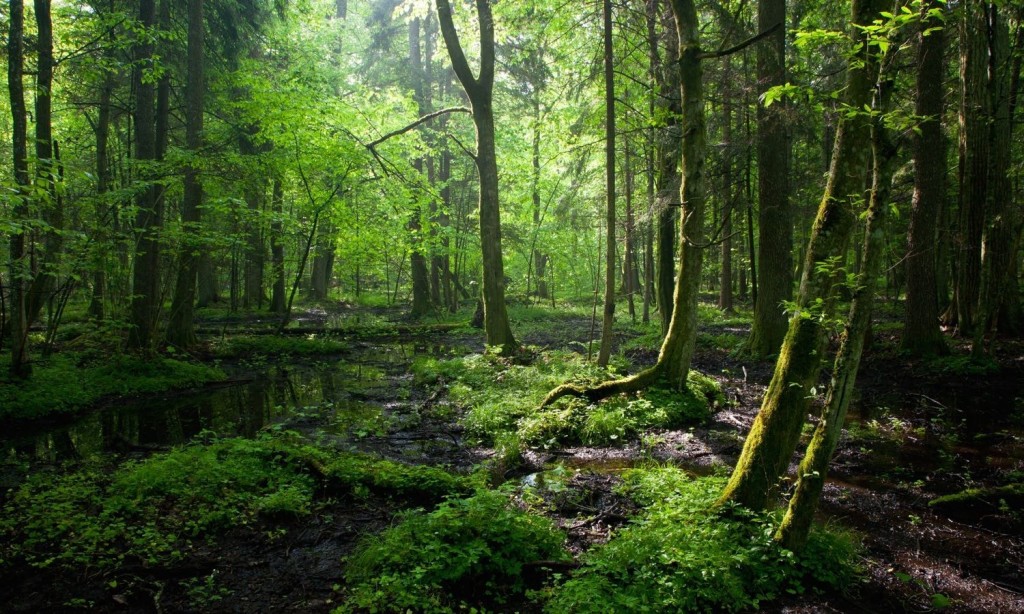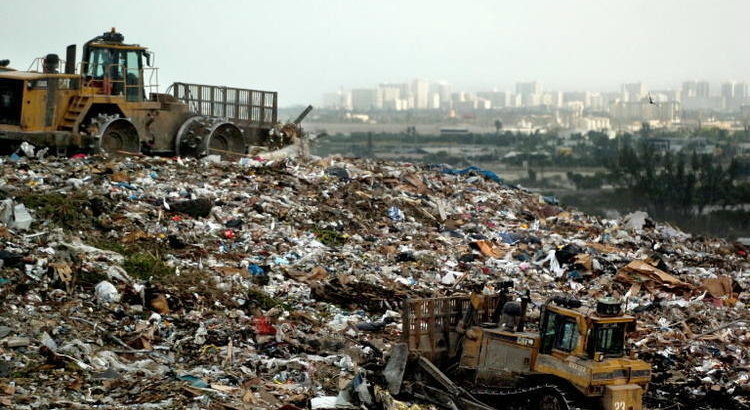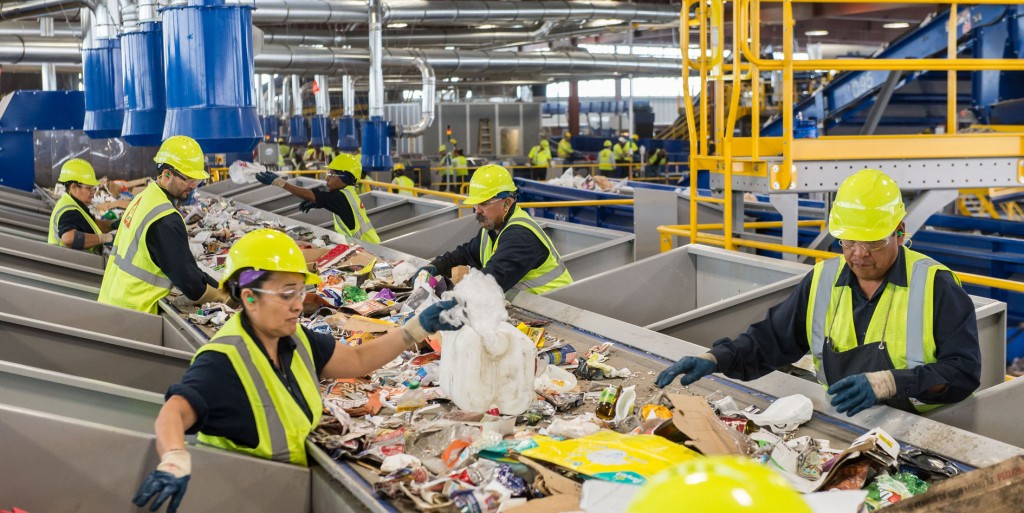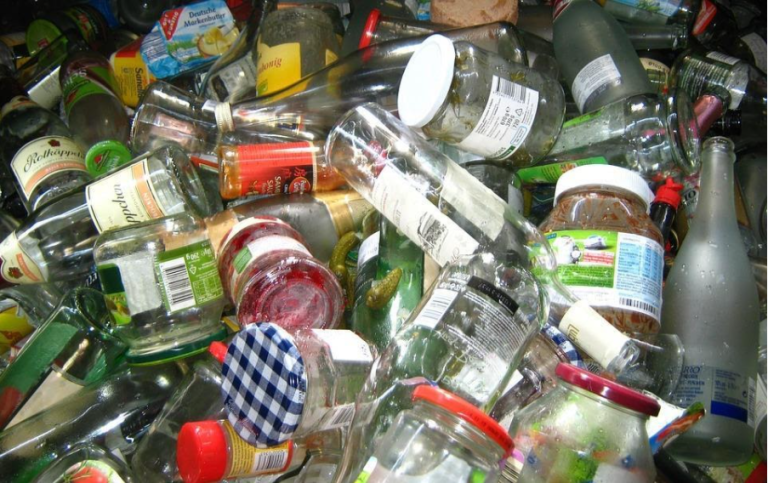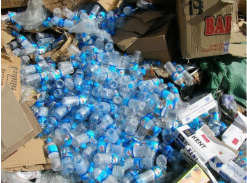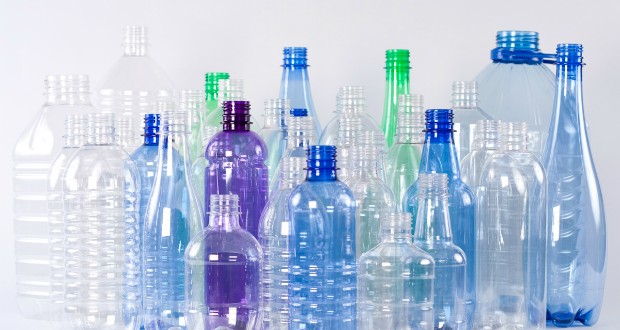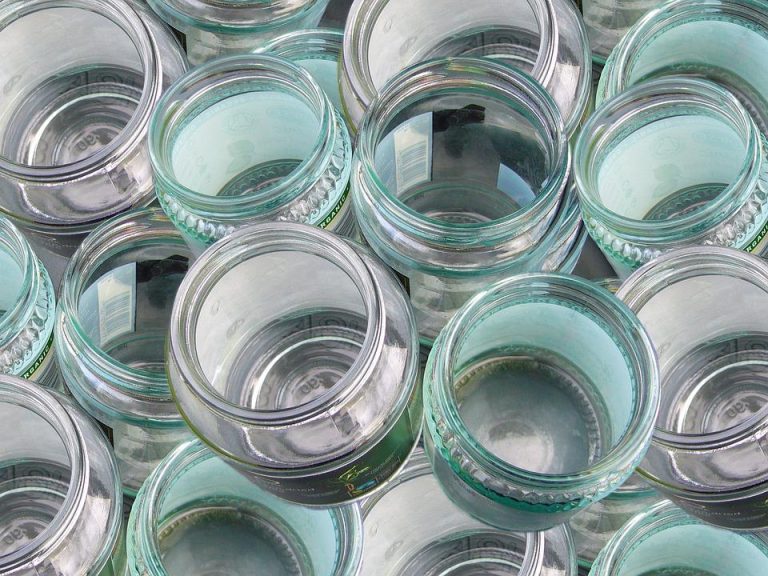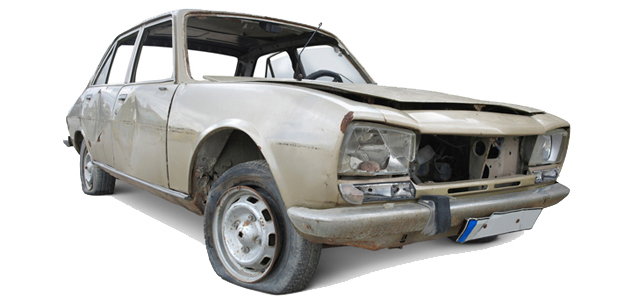Collection of hazardous waste and the ecology in the 21st century
Earth is our only home, and it is only up to us whether we will protect it to continue to be home for the generations after us. Yes, it may sound trivial, even banal as a statement, but it is absolutely true. This is the only place that gives us the air we breathe, the water we will not survive without, the soil that puts the food on our table.
Unfortunately, as technology advances, with the many scientific discoveries and knowledge we have nowadays, instead of taking care of protecting the planet’s environment, we continue to harm it more and more.
Modern society and the environment
We are a society of over-drinkers! As such, we strive to live in larger houses, to drive more powerful cars, to have the latest phones, laptops, TVs, and clothes. We do not think that our passion for a higher standard of living and our thirst for us to buy things that are not vital to us are harming the environment irrevocably.
While we are in a hurry to live at a fast pace, while buying new and new products and throwing junk where it falls, whether it’s landfill, field, rivers or air, the planet is gasping and is on the verge of an ecological crisis with Catastrophic dimensions.
How wrong are we to ecology in the 21st century?
Impact of our activity on the environment
* Climate change
Even if you have never thought about climate change, you can not miss out on the frequent fierce floods, the earthquakes, the unusual colds and heat that we are suffering more and more often. All these climate problems are the result of the greenhouse effect and global warming that are the result of our actions.
* Reduce water resources
Reducing sources of fresh drinking water is an extremely serious problem worldwide. The growth of the planet’s population, the indiscriminate waste disposal and wastewater from households and industry in rivers will very soon lead to an environmental disaster. While we are talking, one in every third person on the planet feels acutely the lack of fresh water … you make the conclusions.
* Increasing population
Experts have been warning for years that if the planet’s population continues to grow, by 2040 it will grow to 9 billion people, resulting in a shortage of all resources on Earth. Our planet will not be able to provide enough food, water and energy for the population, and hence will further exacerbate ecological problems.
* Reduce energy sources
After years of exploiting the bones of the planet to extract oil, natural gas and coal, there is already a scarcity of these resources. If we do not turn to renewable energies soon, the time we’ve been playing with the Earth’s bowels will end and then there will be no one to help us.
* Animal species disappear
Do you know that nowadays every 30 minutes disappears from the face of the Earth in an animal species? If we continue to deforest, pollute the waters and air, and take over from the territory of the animal species by the end of the 21st century, more than 50% of the animal species on our planet will have disappeared.
* Contamination with household and hazardous waste
Waste disposal is a major problem worldwide. Experts say that every man on the planet throws an average of one tonne of rubbish per year. If this garbage does not collect and process, our planet will not only soon become a dump, but the soil will become unusable, which means simply that the life of the Earth endlessly ends.
Dangerous waste and its collection is something that needs to be given special attention because it depends on our future on this planet.
What do we call hazardous waste?
Hazardous wastes are those wastes that pose a risk to our health and which harm the environment. Hazardous are also wastes in which there is one or several elements that are harmful to humans or ecology. The Law on the ratification of the Convention on the Control of Transboundary Movements of Hazardous Wastes and their Disposal details and regulates what is meant by hazardous waste.
Bulgaria and hazardous waste
According to data from the National Statistical Institute, every person in Bulgaria ejected an average of nearly 500 kg. Waste per year, with hazardous waste that is generated by households only around 1%.
Hazardous waste that households dispose of in the country are:
* Accumulators;
* Batteries;
* Equipment (TVs, refrigerators, freezers, kitchen equipment, computers / laptops, telephones);
* Fluorescent lamps;
* Paints, varnishes and other paint materials;
* Pesticides;
* Automobiles, automotive consumables such as tires, oils, antifreeze, auto cosmetics and others;
* Petroleum based products;
* Medicines;
* Household cleaners.
All of these products that we use in our homes and everyday life, thrown at the wrong places, endanger our health and the environment.
Collection of hazardous waste
As an EU member state, our country follows the normative requirements for collecting, storing and transporting hazardous waste on the territory of the country as well as abroad.
Pursuant to the Ordinance on Targeting and Transporting of Industrial and Hazardous Waste, the right to collect, transport and recycle dangerous wastes has only licensed companies that have the necessary transport for collecting and transporting hazardous waste and who have the necessary premises to store them or Recycle.
Collection of hazardous waste?
The collection of hazardous waste aims at its processing and disposal in a way that preserves its beneficial properties for subsequent use.
The collection of hazardous waste takes place in the following ways:
Household waste is collected separately according to its type and degree of danger. This takes place at collection points for temporary storage of waste.
A role at a gathering point can not play any room or free terrain. In order for a site to be designated as a collection point, it must comply with all regulatory requirements laid down in the Ordinance on Targeting and Transport Requirements for Industrial and Hazardous Waste.
Methods for the disposal of hazardous waste
Recycling
Waste recycling aims to resume the beneficial properties of one of the products by drawing off their useful components or reworking them in a way that the raw material can be reused to create another product.
Biological treatment
Biological treatment applies to hazardous bio-waste. The methods of this treatment are aerobic (composting) and anaerobic (biogasification) “Oxalor”
This is a relatively new method in which hazardous waste such as plastics, metal, glass and others is processed separately to separate the harmful elements from them. After removal of the harmful constituents and elements, the waste is reprocessed and a new product can be obtained which can be reused.
Waste Reduction Strategy for the 21st Century
The waste reduction policy that leads the EU helps people living within the Union to live in a cleaner world. The strategies that the EU has set for a sustainable reduction of waste, changing people’s attitudes, creating a modern, recycling society and reducing the harmful impact of hazardous waste on human health and ecology.
Self-awareness and culture of waste collection
The truth is that if we do not change our thinking and do not take care of the environment, no directives and strategies will help us deal with the environmental problems we face.
We may not have the strength to deal with all the problems of ecology of the 21st century, but at least we can reduce the disposal of hazardous waste. Separating the waste we generate will help licensed companies to collect, transport and recycle them so that they do not harm our health or the environment.

